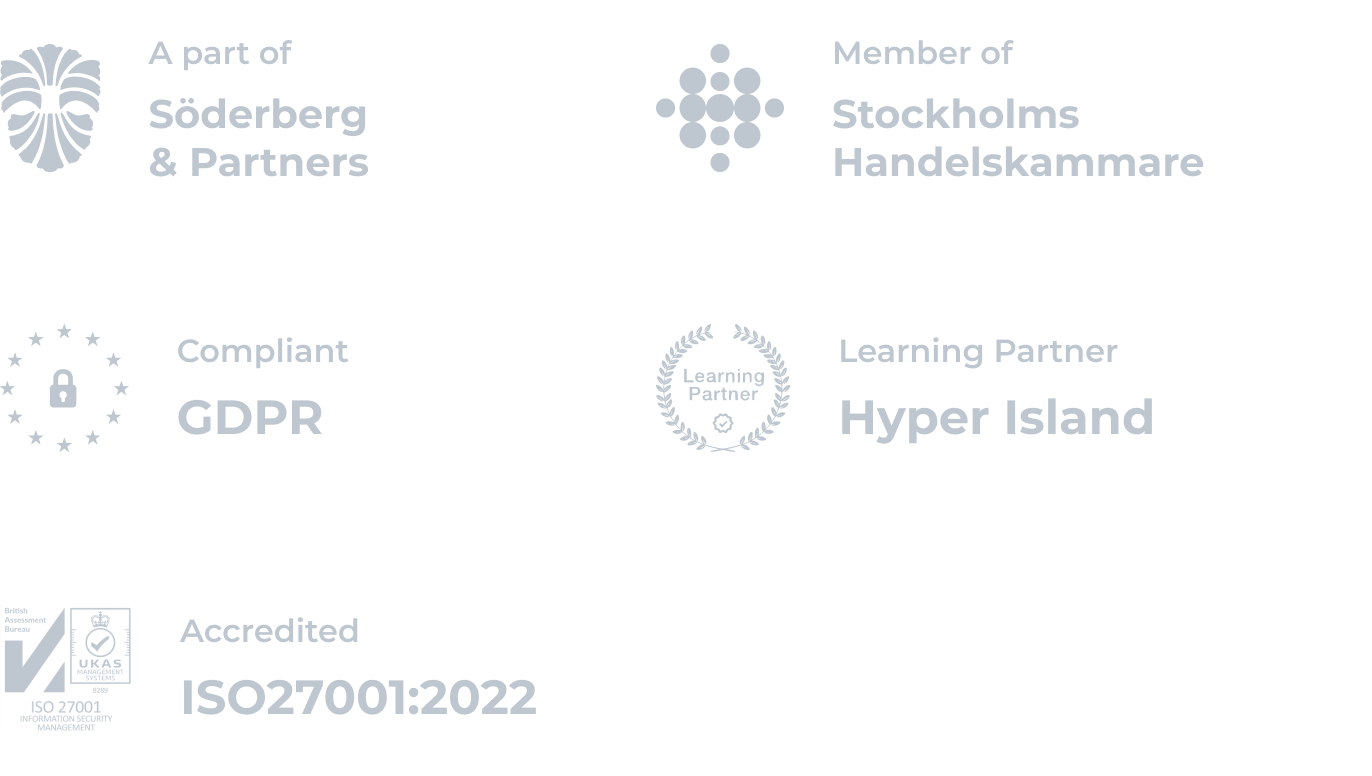As a newly hired employee, a warm welcome is crucial. Indeed, we all want to feel welcomed when starting our first day at work – a day where every detail, from the warm greeting to a thoughtful introduction to your new role, is tailored to make you feel valued and inspired. Therefore, the design of the onboarding process is essential to ensure a positive start for each newly hired employee’s engagement.
A well-thought-out onboarding process paves the way for a range of benefits. In addition to strengthening the new employee’s understanding of their role and how it contributes to the organization’s goals, it also provides a sense of belonging and camaraderie from the outset. And by integrating the employee early into the team and company culture, a solid foundation is laid for both the individual’s and the organization’s long-term success.
In this article, we explore how onboarding can contribute to creating engaged employees by giving them a positive start at their new workplace. We will delve into the importance of the first impression, building strong relationships from the start, the significance of continuous development and training, and how these elements together can shape a nurturing and inspiring introduction.
1. First Impression
The first impression is often lasting, so with a well-structured onboarding process, the new employee not only receives necessary information and resources to perform their job but also sends a clear message about the company’s values, vision, and culture. Employees who feel welcomed and valued from day one demonstrate higher engagement and trust in the organization.

2. Building Strong Relationships
Onboarding is an excellent opportunity for new employees to establish good relationships with colleagues and managers early on. Encouraging collaboration and interaction from the start makes it easier to foster a sense of belonging and camaraderie. Strong professional relationships are a fundamental part of employee engagement, which, in turn, contributes to an open and supportive work environment.
3. Clear and Defined Purpose
Understanding the purpose of one’s work and how it contributes to the organization’s overarching goals is crucial for employee engagement. Therefore, ensure that the onboarding process clearly communicates the company’s vision, goals, and expectations related to the role. When an employee feels that their work is meaningful and contributes to something larger, both motivation and engagement increase.
4. Employee Development
Investing in employee development from the outset signals a commitment to long-term growth and a concern for well-being within the organization. Therefore, include training programs, mentorship, and career development plans in the onboarding process. This way, you can help your new employees feel engaged and inspired to grow both professionally and personally.

5. Feedback
Effective onboarding is an ongoing process that requires regular feedback and adaptability. Therefore, welcome feedback from your newly hired employees and fine-tune the onboarding process where needed, so that you can better meet the needs and expectations of your employees. This fosters an openness to continuous learning – a prerequisite for both adaptation and improvement efforts.
6. Creating Engaged Employees Through the Onboarding Process
A well-planned and thoughtful onboarding process can work wonders in ensuring that new employees feel welcomed. Here are four concrete tips for creating such a process:
“Welcome and included from day one”
- Personal touch: Start with a personal welcome greeting from management and team members. A welcome gift or a kit containing company-specific items gives the new hire a sense of belonging from the outset.
- Welcome event: Arrange a welcome event or lunch where new employees can meet their colleagues and management in a relaxed and informal setting. This facilitates networking and fosters good relationships.
Mentors and sponsors
- Mentorship: Assign each new employee a mentor or sponsor, whose task is to serve as the initial point of contact, guide the new employee through the onboarding process, answer questions, and provide support as needed. This type of support helps integrate the new employee quickly into the team and their new role.
- Continual check-ins: Ensure that mentors and sponsors have regular meetings to help address challenges, provide guidance, and support. With this type of close and open communication, you can identify any potential issues that need to be addressed early on.
Training Planning
- Customized Training: Develop a detailed training plan tailored to the specific role and responsibilities of the new employee. Include both the technical aspects of the job and soft skills such as communication and teamwork in the training plan.
- Interactive learning: Ensure to utilize a mix of training methods, such as e-learning, workshops, and various exercises. This actively engages the new employee in their own learning process, making them more prepared and confident in their role.
Highlight the organization’s goals, values, and vision.
- Clear communiaction: Be clear about the company’s goals, values, and vision from the very beginning. In order to understand how their own work contributes to the whole, employees need to see that their work is meaningful and that they are an important part of the company’s success.
- Involvement in Decision-Making: Also provide the new employee with opportunities to share ideas and contribute feedback. This, in turn, increases the sense of responsibility and commitment to the organization’s goals and future direction.
7. Concluding remarks
The role of onboarding in creating engaged employees cannot be overstated. When new employees are given a positive start, not only in their specific role but also as part of the company, the foundation for engagement, effectiveness, and productivity is laid. An effective onboarding process is therefore an investment in both employees’ and the company’s success, which in turn leads to a positive chain reaction of engagement, high performance, and job satisfaction.

Want to discover more?
Book a demo of Heartpace here!
Want to keep updated?
Subscribe to our blog posts, news and webinars here. We promise that we won’t overwhelm you with emails, nor will we never ever give your email address to anyone else!














